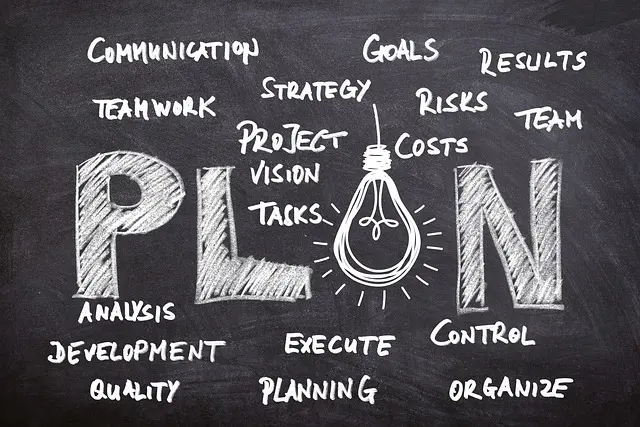
Navigating the world of scholarship essays can be daunting for students. Scholarships are a golden opportunity to ease the financial burden of education, but they often come with an application process that includes writing one or more essays. These essays are a critical component in determining who receives the scholarship, making it crucial for applicants to present their best selves through writing. This article will explore strategies and tips to help students craft compelling scholarship essays that stand out.
Understanding the Purpose of Scholarship Essays
Before diving into writing, it’s important to understand why scholarship committees require essays. These essays provide insight into an applicant’s personality, achievements, goals, and values beyond what can be gleaned from grades and test scores. They offer a chance for students to showcase their unique qualities and experiences that make them deserving of financial assistance.
Researching the Scholarship Provider
One key step in crafting a successful scholarship essay is researching the organization offering the scholarship. Understanding their mission, values, and criteria will help tailor the essay to align with what they are looking for in a candidate. For example, if a scholarship is offered by an organization focused on community service, highlighting volunteer work and community involvement will resonate more with the selection committee.
Analyzing Essay Prompts
Carefully reading and analyzing the essay prompts is essential. Each prompt may have specific requirements or questions that need addressing. Breaking down these prompts can help in structuring the essay effectively. It’s often helpful to underline or highlight key parts of the prompt to ensure all aspects are covered in the response.
Brainstorming Ideas
Once familiar with the prompt and requirements, brainstorming ideas is a good next step. This process involves jotting down relevant experiences, achievements, challenges overcome, and aspirations that might fit well within the context of the essay prompt. It’s beneficial to think about what makes one’s story unique – personal anecdotes can provide powerful insights into character and motivation.
Creating an Outline
With ideas in hand, creating an outline can help organize thoughts logically before beginning to write. An outline acts as a roadmap for constructing paragraphs coherently:
- Introduction: Start with a hook that grabs attention followed by introducing oneself briefly.
- Body Paragraphs: Each paragraph should cover different points or experiences related to answering parts of the prompt.
- Conclusion: Summarize main points while restating why you’re an ideal candidate.
Outlines help maintain focus throughout writing without veering off-topic.
Writing with Clarity and Authenticity
When it comes time to actually write out full sentences from outline notes:
- Be Clear & Concise: Use simple language, avoiding unnecessary jargon or overly complex sentences ensuring ease of readability.
- Stay Authentic: Authenticity speaks volumes; genuine reflections on experiences resonate more than embellishments trying to impress falsely.
Personal stories and examples bring life to the paper, connecting the reader and writer emotionally, enhancing relatability and credibility significantly.
Highlighting Accomplishments & Overcoming Challenges
Scholarship committees look favorably upon candidates showcasing accomplishments and facing challenges head-on, demonstrating resilience and adaptability—vital qualities for successful future endeavors:
- Quantify Achievements: Whenever possible, quantify accomplishments showing the impact, size, and scope of particular involvement, e.g., “Led a team to achieve a 50% increase in fundraising efforts supporting a local shelter.”
Highlight specific instances of overcoming adversity, demonstrating growth and perseverance relevant to the applied field of study or career aspirations. This helps paint a comprehensive picture of the applicant’s journey and potential future contributions to their respective domain and society at large.
Edit Ruthlessly: Proofreading & Revisions
Proofreading and revisions are critical steps to success. The final submission should be free of grammatical errors, typos, weak arguments, and inconsistencies, ensuring a smooth overall flow of content. Achieving a polished paper requires dedicated time and effort through multiple revision phases until you are satisfied with the quality of work produced, accurately and effectively representing your best self.
Proofreading tips include reading aloud to catch awkward phrases and enlisting trusted friends or mentors to review and provide feedback and suggestions for improvements. Collaboratively working on refining the final draft maximizes its potential, increasing the chances of securing valuable scholarships and aiding in the pursuit of academic and professional dreams.












